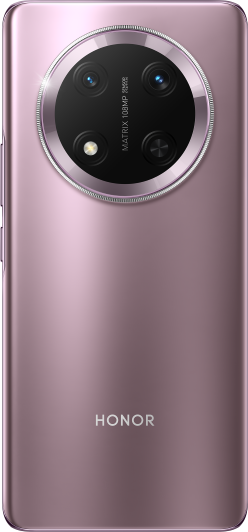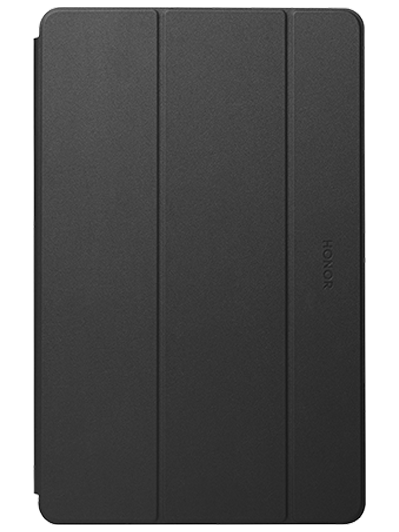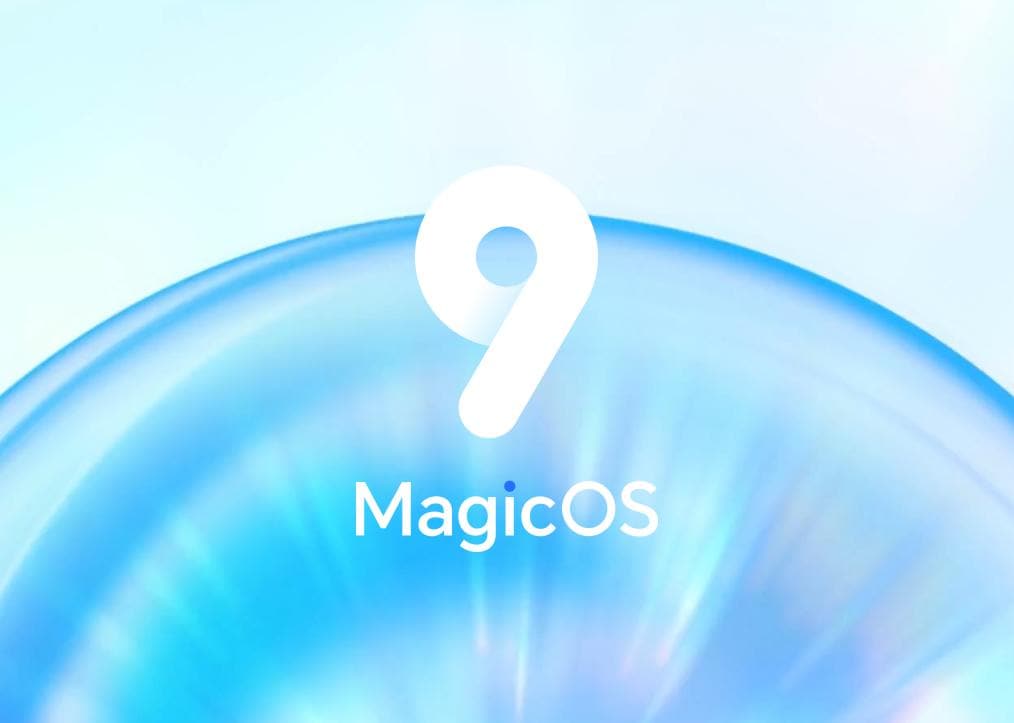- characters
- Source
- undo
- redo
- bold
- italic
- underline
- strikethrough
- superscript
- subscript
- forecolor
- BackColor
- removeformat
- insertorderedlist
- insertunorderedlist
- selectall
- cleardoc
- Paragraph
- FontFamily
- fontsize
- justifyleft
- justifycenter
- justifyright
- link
- unlink
- image
- video
- Horizontal
- URL
- OK
- Cancel
- imgSearch
- dragTip
- Local
- Insert video link
- video_size
- videoW
- videoH
- alignment
- themeColor
- standardColor
- honor.post.edit.uploadFormateFail
- emotion
- hide
- Supported format : zip,rar,doc,docx,xls,xlsx,pdf,apk,hwt
- The attachments are not uploaded completely, continue to publish the post?
- Block
- Cancel block
TOP

我的荣耀 开启荣耀之旅
By clicking AGREE, you indicate that you accept the HONOR PLATFORM TERMS OF USE.
Keep up to date with Honor products, services and discounts via email.
For further details about withdrawing your consent, please see HONOR Platform Privacy Statement.
- Home
- Log out
- Disagree
- Follow
- Following
- Reply to reveal attachment
- View more
- Letter should not exceed 2500.
- Upload at least one image.
- Upload at least one image.
- Maximum 9 iamges allowed at a time
- size of the image should be less than 20MB
- upload Failed
- Medals
- My Medals
- Go to Medal Center
- Congratulations! You have earned the Newcomer medal!
- You have commented over 100 times in 10 minutes,please try later.
- Gallery
- Message
- Login
- Disagree Terms
- Shop
- Insert video link
- Create/Log in to HONOR Account
- Choose your login method
- Honor Device Co., Ltd.
- Click to go to the HONOR third-party login page
- Maximum number of posts on HONOR Club reached today. Try posting tomorrow.
- View More
- Home
- You have voted.
- User has not voted.
- The message was sent but rejected

 Where do HONOR smartphone components come from?
Where do HONOR smartphone components come from?
![]()










- Details
- Pictures shared by others ({0})
- Featured posts / Un-Featured posts
- Pin in this section
- Un-pin in this section
- Pin all sections
- Un-pin all sections
- Favorite
- Unfavorite
- Favorited Successfully
- Unfavorited Successfully
- Quote
- Reply
- Top
- Un-top
- Delete
- Report
- Why are you reporting this?
- 1.Sexual content / Violence / Insults
- 2.Racial discrimination / Terrorism
- 3.Infringement / Privacy
- 4.Unauthorized transaction or advertisement
- 5.Others
- picture evidence
- Cancel
- Submit
- Choose an option
- Accepted
- View more
- Voting time:
- reply to
- The following content will be displayed after you reply
- A total of {0} people voted
- View more
- Energy
- You don't have permission
- honor.operation.report.self.tip
- You have reported this post
- empty
- You can only choose {0} options
- The comment has been deleted.
- Report successful
- Yes
- No
- The vote is not open yet
- Voting ended!
- Please vote..
- Confirm to jump to the link?
- Home
- Confirm to delete
- The link Copied


- January
- February
- March
- April
- May
- June
- July
- August
- September
- October
- November
- December
- SUN
- MON
- TUE
- WED
- THU
- FRI
- SAT
- Sunday
- Monday
- Tuesday
- Wednesday
- Thursday
- Friday
- Saturday
- HONOR fans checked today
- xx days in a row
- xx day in a row
- xx days in a row
Fan Contribution List
- Week List
- Monthly List
- Total List
Copyright © Honor Device Co., Ltd. 2020-2025. All rights reserved.
![]() 粤公网安备44030002002883号 粤ICP备20047157号
粤公网安备44030002002883号 粤ICP备20047157号
We use cookies and similar technologies to make our website work efficiently, as well as to analyze our website traffic and for advertising purposes.
By clicking on "Accept all cookies" you allow the storage of cookies on your device. For more information, take a look at our Cookie Policy.
Functional cookies are used to improve functionality and personalization, such as when playing videos or during live chats.
Analytical cookies provide information on how this site is used. This improves the user experience. The data collected is aggregated and made anonymous.
Advertising cookies provide information about user interactions with HONOR content. This helps us better understand the effectiveness of the content of our emails and our website.
- Posts
- photo
- video





























































































 Disagree Terms
Disagree Terms
 Log out
Log out
























Teardown of China budget smartphone Honor reveals rise in U.S. parts
Former Huawei brand relies heavily on Qualcomm and Micron components
A teardown of Honor's latest smartphone model has revealed that parts made by U.S. companies account for 40% of the product's manufacturing cost, as the former budget brand of embattled Chinese tech group Huawei Technologies has turned to American suppliers since the former parent was targeted by Washington's sanctions.
Nikkei took apart the handset with the help of Fomalhaut Techno Solutions, a Tokyo-based research specialist. The estimated prices of components inside were tallied to calculate the relative share different countries had in producing the device.
The share of U.S. components in Honor's X30, a 5G smartphone launched in December 2021, has soared to 39%, from just 10% for the 30S model released in 2020 which was manufactured by Huawei.
Most of the X30's core components, including the processor and the 5G chipset, are supplied by U.S. makers such as Qualcomm, instead of Chinese suppliers such as HiSilicon, Huawei's chip developing arm. The findings indicate that China is struggling to develop state-of-the-art electronics technologies for smartphones on its own.
Honor was spun off from Huawei in November 2020 as a way to evade the U.S. Department of Commerce's sanctions, which barred the parent company from using crucial U.S. technologies such as microchips and operating systems.
Honor mostly sells its products in China and the separation from Huawei has shielded the company from many of the sanctions.
The estimated production cost of Honor's mass-market smartphone, the X30, is $217. U.S. components took the lion's share of the cost, accounting for 39% of the total. That is a robust 29-point increase from the figure for the 30S, which Huawei rolled out in the spring of 2020 under the Honor brand. U.S. components have replaced Chinese ones in most core areas including the main processor and the 5G chipset.
The share of Chinese parts, meanwhile, plunged 27 points to about 10%. HiSilicon supplied the systems-on-a-chip (SoC), 5G chipset and power management chip for the 2020 model. Other Chinese manufacturers and Japanese suppliers including Murata Manufacturing, Taiyo Yuden and TDK were also involved with communication chips for the 30S, model of 2020.
But HiSilicon is no longer among the suppliers of these components for the X30. Besides Japanese components, all communication chips for the latest model are supplied by Qualcomm and Qorvo, another major U.S. component maker. The only Chinese communication chip part used is a signal amplifier for communication based on old technology.
The sharply expanded use of U.S. components may mean that Honor has been unable to secure sufficient supplies of cutting-edge smartphone components made in China.
In August 2020, the U.S. cut off Huawei's access to vital, advanced computer chips by imposing sanctions that restrict any foreign semiconductor company from selling chips developed or produced using US software or technology to the Chinese tech group, without first obtaining a license to do so.
The step also made it difficult for Huawei to purchase products made by Taiwan Semiconductor Manufacturing Co, the world's leading contract chip manufacturer. The U.S. sanctions prompted Huawei to accelerate its build-up of inventories of cutting-edge semiconductor devices.
The only relatively expensive Chinese component used in the X30 is the display. The LCD display's price tag is estimated at $14, less than one fifth of the price fetched by the OLED panel used in the flagship model.
China has a legion of LCD display makers, including BOE Technology Group, the leading player, and Tianma Microelectronics, giving smartphone manufacturers a wide and diverse range of options, according to Yoshio Tamura, co-founder and president of Asian Operations at U.S. research firm DSCC, based in Tokyo, and an authority on the display supply chain.
In Honor's X30 handset, Japanese components constitute some 16% of the total production cost, claiming the second largest share. Sony Group's camera image sensors and communication components made by Murata, Taiyo Yuden and TDK all contribute to Japan's share. The number of Japanese components has increased due to more sophisticated camera and communication features in the latest model.
Honor is hardly the only Chinese smartphone maker that is heavily dependent on U.S. chips. Two other fast-growing Chinese smartphone manufacturers -- Xiaomi and Oppo -- have also turned to U.S. suppliers for key components. The share of U.S. components for Xiaomi's Mi Mi X Hold, a foldable phone launched in 2021, is 26%, according to Fomalhaut. The U.S. share of Oppo's Reno6Pro+ is 31%.
Honor was the fifth player in the Chinese smartphone market in 2021 with a share of 11.7%, little changed from 2020, according to U.S. research firm IDC. But it climbed to second place after Apple in the October-December quarter of 2021.
But Honor's growth inevitably increases the Chinese smartphone industry's dependence on U.S. components.
Honor uses Google's Android operating system for its smartphones. A powerful combination of high-grade components supplied by Qualcomm and other U.S. manufacturers and the dominant U.S. operating systems -- Android, which boasts a global share of 70%, and Apple's iOS, Android's main rival -- has created an apparently unbeatable global ecosystem of U.S. technologies for smartphones.
In response to the U.S. sanctions, Huawei has been striving to expand in-house development and production of components and programs for its devices. As it has been denied access to Google's applications including its OS, App Store and Gmail, Huawei has developed its own smartphone operating system, dubbed HarmonyOS. It offers an open-source version of HarmonyOS for other manufacturers but does not use it in the smartphone business it has spun off -- Honor's X30 runs on Android.
The competitiveness of an operating system relies to a large extent on its number of users. A popular OS attracts software developers and enjoys a huge and rapidly growing pool of apps.
Contribution by suppliers and software developers is crucial for a smartphone maker's product strategy at a time when both devices and applications are evolving rapidly. If a maker tries to go it alone, it is likely to find itself unable to roll out new products at a competitive price and pace.
HarmonyOS is a new kid on the block and no match for Android in name recognition or sophistication. During the more than 10 years of its fierce competition with Apple's iOS, Google's Android has evolved greatly. Besides Honor, the two other leading Chinese smartphone makers -- Xiaomi and Oppo -- also use Android.
Minatake Kashio, director of Fomalhaut, predicts that it will be increasingly difficult for Chinese makers to procure necessary components in the coming years.
With the international community growing increasingly critical of China's human rights record and therefore increasingly shunning the country's products, chips and operating systems will pose huge obstacles to the growth of Chinese smartphone makers.
Source: https://asia.nikkei.com/Business/China-tech/Teardown-of-China-budget-smartphone-Honor-reveals-rise-in-U.S.-parts
Report